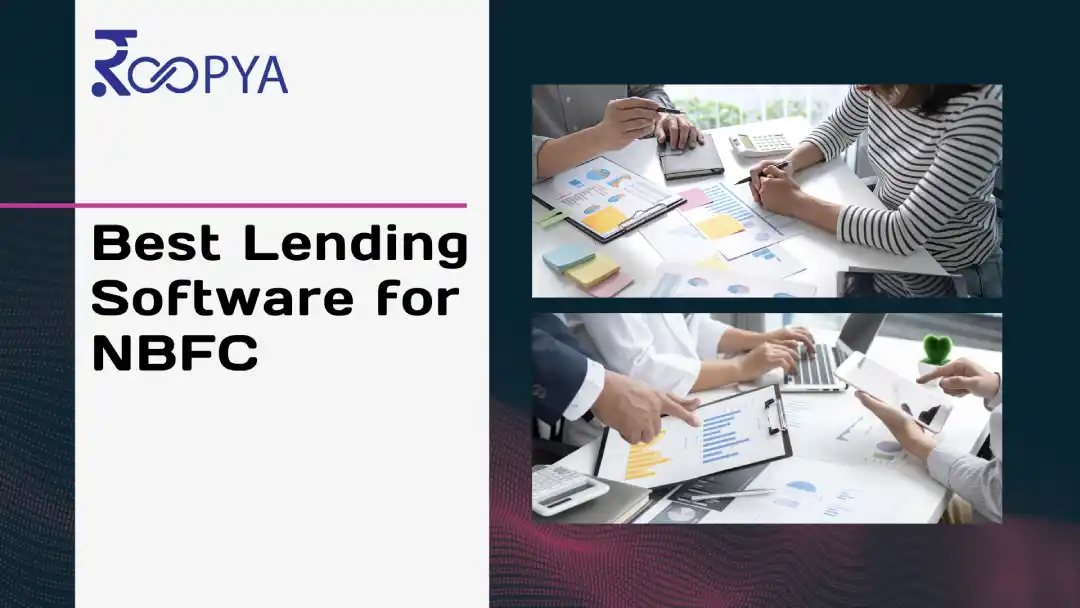| KYC Verification |
Automated digital verification of customer identity and documents, leveraging AI and OCR technologies. |
Adherence to RBI’s KYC guidelines for NBFCs, ensuring customer identity verification and fraud prevention. |
| Credit Scoring and Risk Assessment |
Utilizes proprietary algorithms and machine learning to analyse borrower’s creditworthiness and risk profile based on non-traditional data sources. |
Compliance with RBI’s Fair Practices Code and guidelines on credit risk management for NBFCs. |
| Automated Underwriting |
Streamlines the decision-making process for loan approvals using AI-driven algorithms to evaluate borrower data against lending criteria. |
Aligns with RBI’s norms on transparency and reasonableness in lending practices. |
| Interest Rate Management |
Dynamic interest rate setting tools that allow for flexible rate adjustments based on risk profiles and market conditions. |
Compliance with RBI directives on interest rate setting mechanisms and disclosure to borrowers. |
| Loan Servicing and Management |
Comprehensive suite for managing loan accounts, including disbursements, repayments, collections, and restructuring. |
Ensures adherence to RBI’s guidelines on loan servicing, collections, and asset classification. |
| Payment Gateway Integration |
Facilitates secure and efficient transaction processing for disbursement and collection through integrated payment solutions. |
Compliance with Payment and Settlement Systems Act, 2007, ensuring secure transaction processing. |
| Portfolio Management and Analytics |
Advanced analytics for monitoring loan portfolio performance, predicting delinquencies, and managing provisions. |
Aligns with RBI’s requirements on asset classification, provisioning, and exposure norms for NBFCs. |
| Regulatory Reporting |
Automated generation of reports for regulatory filings, ensuring accuracy and timeliness of submissions to regulatory bodies. |
Adherence to RBI’s guidelines on statutory reporting, ensuring transparency and regulatory compliance. |
| Compliance Management |
Features designed to monitor and ensure ongoing compliance with changing regulations and standards specific to NBFC operations. |
Ensures alignment with RBI’s evolving regulatory framework for NBFCs, including anti-money laundering (AML) and countering financing of terrorism (CFT) requirements. |
| Customer Relationship Management (CRM) |
Tools for managing borrower relationships, including communication, feedback, and support services. |
Ensures compliance with RBI’s guidelines on customer service and grievance redressal mechanisms for NBFCs. |
| Data Analytics and Reporting |
Advanced analytics tools that leverage big data to provide insights into lending trends, customer behavior, risk segmentation, and operational efficiency. Enables predictive modeling for loan defaults and portfolio performance optimization. |
Must ensure data integrity and confidentiality in line with the RBI’s guidelines on Information Technology framework for NBFCs. |
| Data Management and Integration |
Centralized platform for aggregating, storing, and managing data from various sources, ensuring consistency and accessibility. Supports integration with external data providers for enriched credit assessment. |
Compliance with RBI’s data management and privacy standards, ensuring data accuracy and protection. |
| Privacy and Data Protection |
Implements robust encryption, data anonymization, and access control measures to protect sensitive customer information against unauthorized access and breaches. |
Adherence to the Information Technology Act, 2000, and RBI guidelines on data privacy and protection for financial institutions. |
| Security Infrastructure |
Features state-of-the-art cybersecurity measures including firewalls, intrusion detection systems, and regular security audits to safeguard the platform against cyber threats. |
Compliance with the RBI’s guidelines on cybersecurity framework for NBFCs, ensuring a secure lending environment. |
| Compliance Tracking and Management |
Automated systems for tracking regulatory changes and ensuring the software’s features and processes remain compliant with current laws and regulations, including those related to data privacy and cybersecurity. |
Facilitates adherence to all relevant RBI regulations and standards, ensuring ongoing compliance with financial and data protection laws. |




